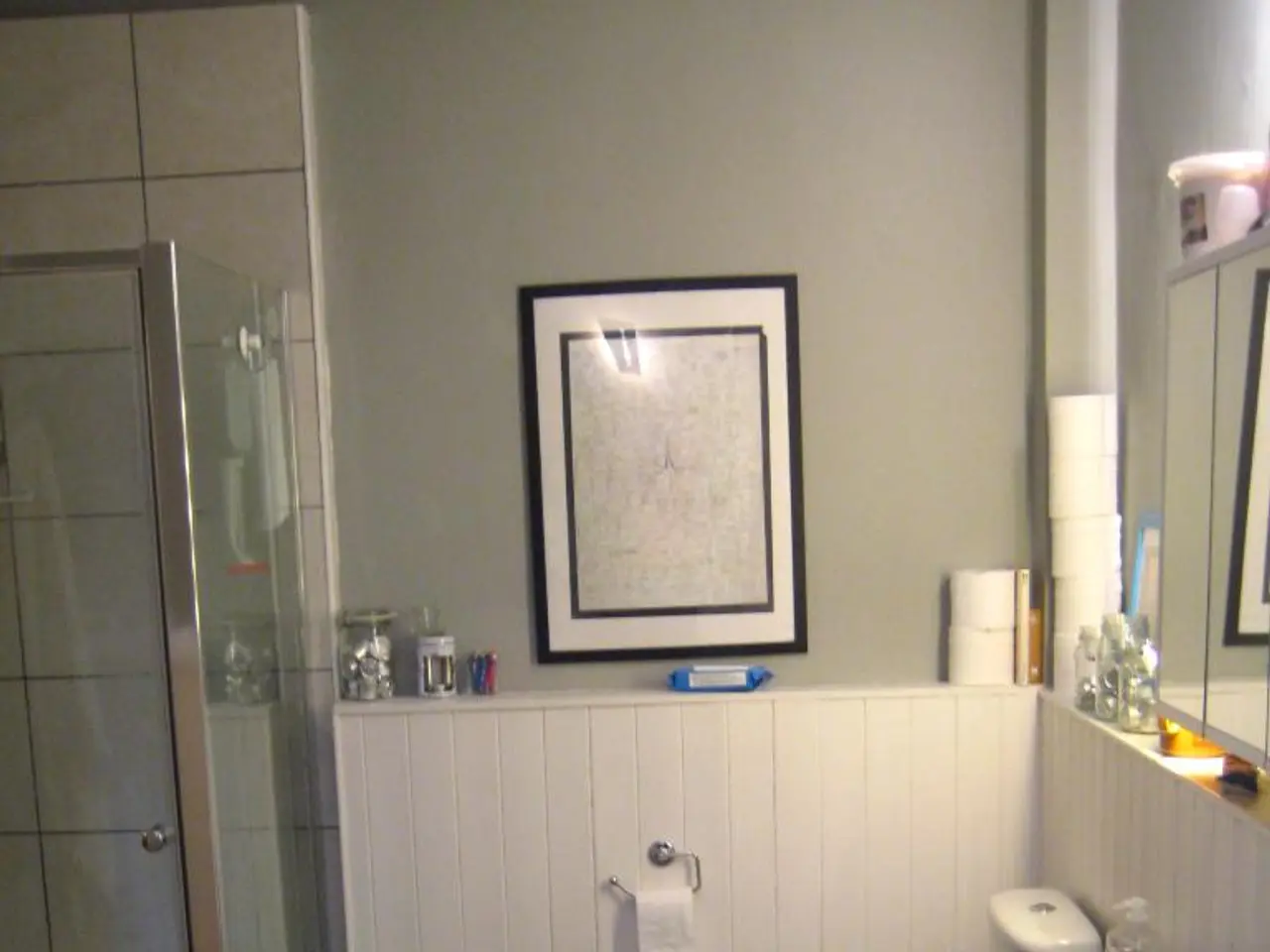Investigate the Unspoken Presuppositions Behind Restroom Regulation Laws - Possible Implications
In recent years, the issue of restroom restriction laws has gained significant attention and controversy, particularly in relation to transgender rights. These laws, also known as bathroom bills or restroom access laws, regulate which restrooms individuals can use based on their biological sex assigned at birth.
Proponents of these laws argue that they protect privacy and safety by ensuring that individuals use facilities designated for their biological sex. The assumption is that such regulations will prevent harassment or misconduct by restricting access to restrooms and facilities on the basis of biological sex.
Another common assumption is that restroom restriction laws uphold social norms related to gender and sex, often reflecting traditional or binary views of gender identity. They maintain order and uphold societal values by reinforcing binary distinctions between male and female spaces.
However, these laws typically require individuals to use the restroom corresponding with the sex listed on their birth certificate. This fails to acknowledge and accommodate the experiences and needs of transgender and non-binary individuals, potentially leading to increased risk of discrimination, harassment, exclusion, and mental health impacts.
For employers and institutions, legal and regulatory challenges arise in balancing privacy, non-discrimination, and compliance with laws such as ADA and EEOC guidance. There is also the potential for workplace harassment claims or lawsuits.
The general public and restroom users may perceive increased safety or privacy for some, but there is also the possibility of increased social tensions or exclusionary practices for others.
Legislators and policymakers face complex intersections of civil rights, public safety, and social values, often amid conflicting federal and state regulations or court rulings.
It is important to critically evaluate whether these laws effectively address safety concerns without infringing upon the rights of marginalized groups. The regulatory landscape is complicated by evolving legal interpretations, such as conflicts between executive orders, court decisions, and administrative guidance on discrimination and harassment protections.
Overall, restroom restriction laws reflect social and political efforts to regulate gendered spaces, but their consequences can include heightened discrimination and legal challenges. Careful consideration of inclusivity, privacy, and safety for all users is necessary.
In specific regional contexts and variations in legislation, it is crucial to consider the unique consequences associated with restroom restriction laws. Implementation of these laws has led to numerous legal battles, public debates, and activism across various jurisdictions.
In conclusion, the assumptions underlying restroom restriction laws often do not align with current understandings of gender identity and can produce unintended harms, especially for transgender people. Protecting children is a primary concern for proponents, but opponents argue that these laws perpetuate discrimination against transgender people. A balanced approach that respects the rights and safety of all individuals is essential in navigating this complex issue.
- The debate around restroom restriction laws, or bathroom bills, involves considerations in various sectors, including mental health, as these laws can impact the well-being of transgender and non-binary individuals due to potential discrimination and exclusion.
- Policymakers and lawmakers have a challenging task in addressing restroom access, as they must navigate the intersections of policy and legislation involving health-and-wellness, general news, and politics, all while considering the rights and safety of all individuals.
- Part of the discourse on restroom restriction laws involves an examination of the role of science, particularly contemporary understandings of gender identity, in shaping policies that promote inclusivity, respecting the rights and well-being of all users in health-and-wellness facilities.




